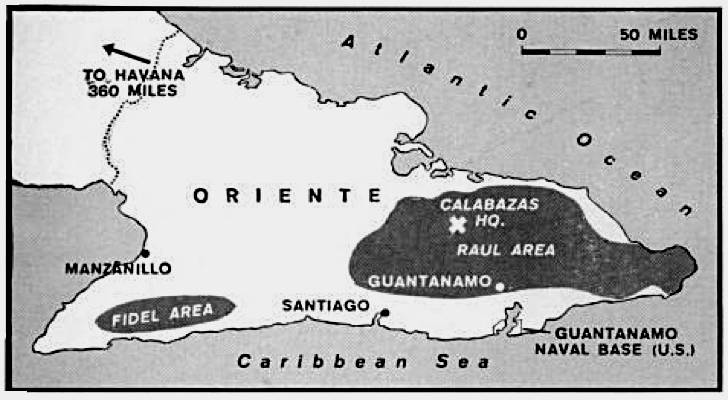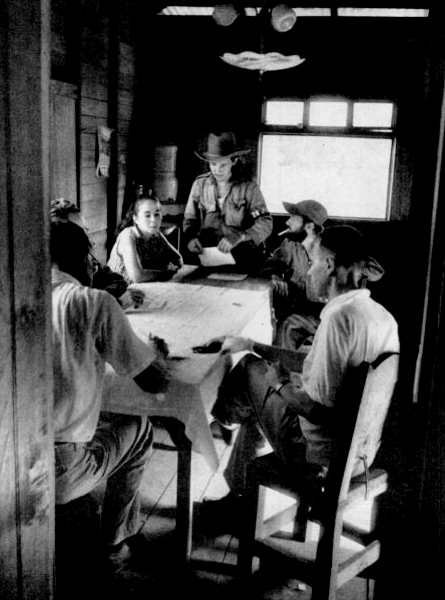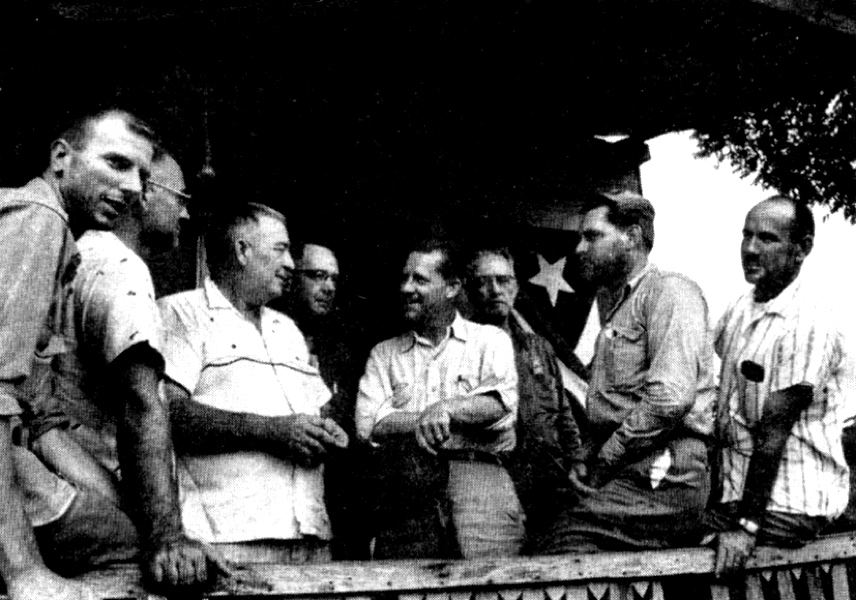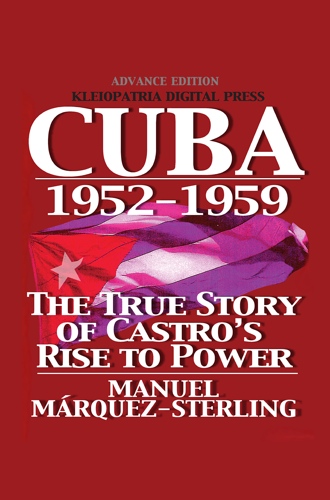Cuba History Timeline EventsJuly 20, 1958Although the electoralist-constitutionalist opposition had succeeded in reaching agreements in which Batista publicly announced agreement to step down at the end of his term, and to hold elections in 1958 supervised by international observers from the UN and OAS, the revolutionary opposition persisted in choosing violence rather than political negotiation and elections to end Cuba’s political crisis. The hatred of the revolutionaries was so deep it was not enough for them that Batista leave Cuba and a new president be freely elected—no solution was acceptable to them that did not include imprisoning or killing Batista. Their mantra was "Hay que castigar a Batista" [Batista must be punished], and this goal trumped all for them.
The Miami armchair revolutionaries had rejected Carlos Márquez-Sterling’s invitation to join in a national coalition to challenge the regime in the November elections, instead reaffirming their commitment to revolutionary violence in the
Pact of Miami—which Castro had contemptuously repudiated.
In July, the Miami revolutionary and abstentionist factions making up the
Liberation Junta and Castro’s representatives met in Caracas, Venezuela, to reaffirm and officially ratify the
Liberation Junta assent to Castro demands in his repudiation of the Pact of Miami.
At the Caracas meeting the Liberation Junta strengthened their alliance with Castro’s
M-26-7 through new joint initiatives in their war against Batista’s regime. On July 20 they jointly signed a manifesto called the
Pact of Caracas. The text of the agreement had been broadcast the day before on
Radio Rebelde as the words of Fidel Castro. Unlike the Pact of Miami, this document named Fidel Castro Commander in Chief of the revolutionary opposition to Batista.
All revolutionary factions were now under Castro’s control. In signing the Pact of Caracas,the Miami Junta revolutionaries for all intents and purposes abdicated their leadership to favor Castro. They did so even though many of these leaders knew—but chose not to make public—that there was a significant and growing Communist presence in the Sierras, and mounting evidence that the Communists had reached an agreement with Fidel Castro, and Communist leader Carlos Rafael Rodríguez had visited Raúl Castro in the Sierra.
Before adjourning the meeting the Pact signatories also agreed to oppose and undermine the 1958 elections, pledging critical and needed support to
Castro's aim of opposing any political solution to the crisis. To that end Dr. Miró Cardona was commissioned to travel to Washington and inform the State Department they rejected the elections because “the candidates had submitted to the tyrannical regime of Batista.”
The signers of the Pact of Caracas were Fidel Castro, 26th of July Movement; Carlos Prío Socarrás, Organización Auténtica; E. Rodríguez Loeche, Revolutionary Directorate; David Salvador, Orlando Blanco, Pascasio Lineras, Lauro Blanco, José M. Aguilera, Ángel Cofiño, Workers Union; Manuel A. de Varona, Auténtico Revolutionary Party; Lincoln Rodón, Democratic Party; José Puente y Omar Fernández, University Students Federation; Capt. Gabino Rodríguez Villaverde, former Army officer; Justo Carrillo Hernández, Montecristi Group; Angel María Santos Buch, Civic Resistance Movement; José Miró Cardona, Coordinator-Secretary General.
At the meeting the request to have the signatories ratify Castro’s designated Provisional President, Manuel Urrutia Lleó. However, the Revolutionary Directorate and Montecristi Group representatives opposed the request, urging that this be taken up at the next meeting to be held in Miami. At the Miami meeting (11 August) José Miró Cardona was unanimously elected as Coordinator of the Civic Revolutionary Front (Pact of Caracas signatories), and Urrutia was ratified as Provisional President by majority vote (opposed by the Revolutionary Directorate).
The
Pacto de Caracas text was published and distributed in Cuba in September 1958.






 Mobile subscription
Mobile subscription


